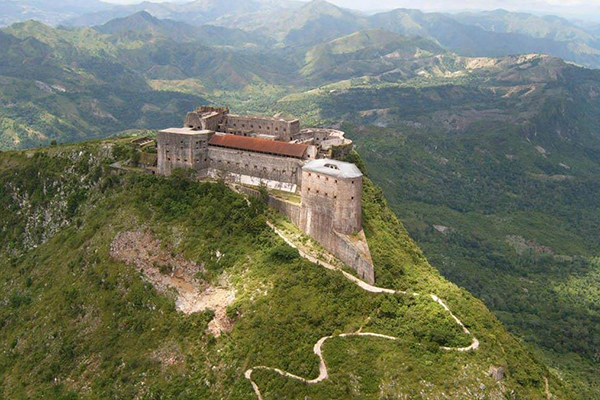For most people over the past months, all they have seen about Haiti are images on TV of gang violence, garbage strewn streets and panicked people.
So why are we working so hard to provide potable water? Why do we want to try to make Haitians enjoy a better life? What’s to save?
Let’s look outside the confines of what is Port au Prince today and see what defines the essence of Haiti; what has entranced artists, poets and travellers down the years.
Haiti throbs with creativity, from its music to the art on every corner, even to the buses (Taptaps) covered in vibrant, glowing designs. Every major road is lined with paintings, pottery, metal art, baskets and more. For a traveller, new to the country, the whirlwind of colours and sounds assault the senses like nowhere else.
History is also everywhere: remnants of colonial style buildings around the capital, adorned inside with marble staircases and statues; echoes of Toussaint Louverture, who helped transform a fledgling slave rebellion – the only successful one in history – into a revolutionary movement; the famous Nèg Mawon statue of an escaped slave in Port-au-Prince, which pays tribute to the slave armies who rose against their French oppressors during the Haitian revolution, which ended in 1804; Henri Christophe in northern Haiti, who built the amazing La Citadelle, a fort which can still be visited on horseback today.
What’s to save? The amazing people and their equally amazing country, not only the crowded city but also the mountains and villages. They have overcome slavery, earthquakes and hurricanes, this too will pass.
HANWASH is doing all it can to help by providing potable water eventually to the entire country – improving health and sanitation, helping to boost the economy and creating an overall better quality of life.
You can help! Donate towards this audacious goal today.



Photos courtesy of Sheila Bethel, Creative Commons Photo and Hidden Sides of Haiti, Local Haitian Embassy.
